The biggest boom of Apple's new operating system is of course immediately after its sharp release. After that, its adoption grows more slowly, but constantly. Now here's an estimate of how iOS 16 is doing. It's way better than iOS 15 last year.
Of course, with the passage of time, the rate of installing a new version of the operating system also increases because more users take it into account. With the Christmas period, it can also be assumed that it will jump considerably, as those who chose one of the older versions of the iPhone for the Christmas tree will update it to the latest software. Apple is also preparing iOS 16.2 with several new features and bug fixes, which will also boost system adoption.

According to the latest data from Mixpanel is now iOS 16 installed on 69,45% iPhones, three months after the release of the system. That this is a good result is evidenced by a year-on-year comparison with iOS 15. It had an adoption rate of 62% at the same time last year. But if we go even deeper into history, iOS 14 was already running on 2020% of iPhones in December 80. But behind this situation is the fact that since iOS 15 Apple offers separate security updates from system updates.
Most users are afraid to install it mainly because of possible errors. The second reason is simply that they do not have automatic updates turned on and ignore those offered for a long time. These are the kind of most basic users who don't see any benefits in updates, or don't even know what improvements new versions bring. Also, for the sake of interest, let's add that the iOS 13 version had less than 2019% in December 75, iOS 12 in 2018 78% and iOS 11 a year earlier 75%. So now iOS 16 is Apple's most represented mobile operating system, when iOS 15 occupies 24,41% and 6,14% belong to even older systems.
It could be interest you
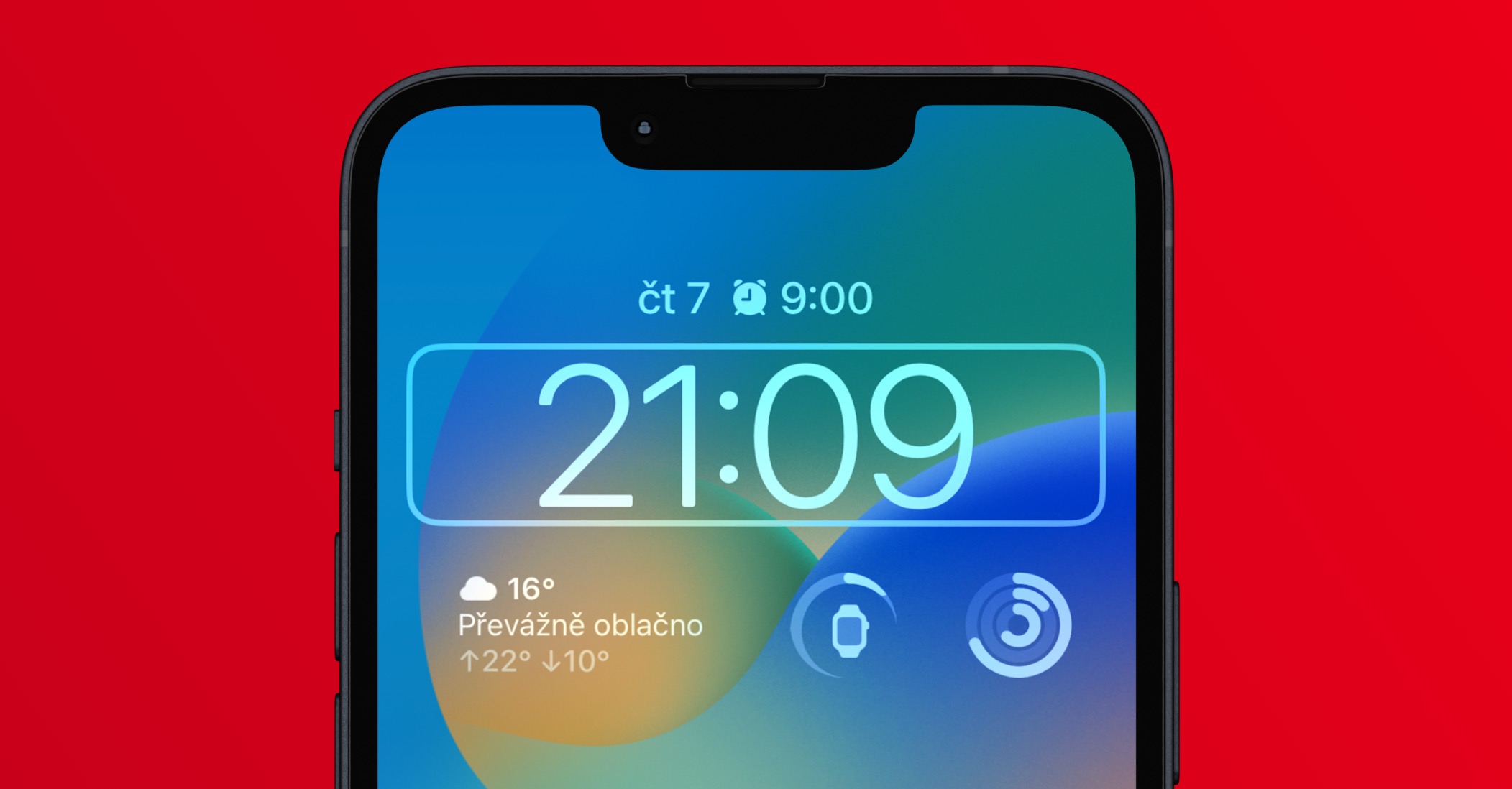
Android situation
As always, it's interesting to compare how new iOS installs spread versus new Android. Just as Apple publishes its official numbers only sporadically, it is no different with Google, which is why these are mainly just estimates. In August of this year, the then almost year-old Android 12 release was thought to be running on 13,3% of devices, with 27% of devices running Android 11 at the time. Google released Android 13 later in August, but there are no updates for that version yet no estimates available.
Considering the trend of Android updates, it cannot be judged that its 13th version already has a dominant position. This system is practically only available on Google's Pixels and the whole range of Samsung Galaxy phones, when this South Korean manufacturer is really stepping into it and wants to provide it to all supported models by the end of the year. Plus, it looks like he might succeed. For this very reason, this could mean that Android 13 will roll out faster than any previous version. Of course, there are still a few Chinese manufacturers, but they only bring the latest version of the system to their phone units.
It could be interest you
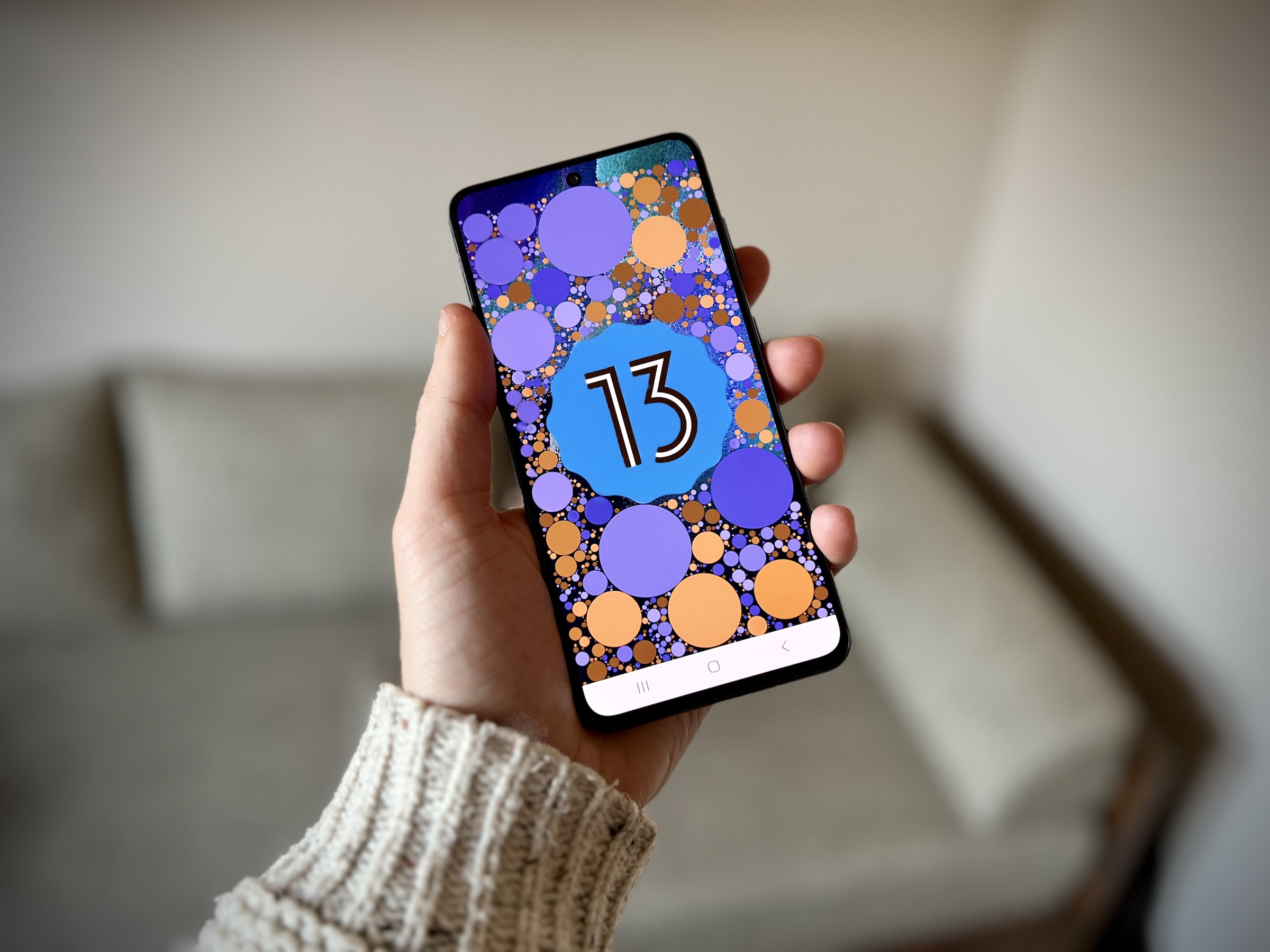
But here it is necessary to note the different approach of Google/Android and Apple/iOS. On iOS, all support and functions are tailored to the latest versions, whereas on Android, mainly applications from third-party developers are tuned with regard to the most widespread system. So when Apple cuts support for that iPhone, you won't be able to install newer apps on it, and you won't be able to use existing ones if the developer updates them, and it's effectively just a phone. However, on Android, applications will work for you for many years, so it can be paradoxically said that regardless of system support, an Android device has a longer lifespan.




 Adam Kos
Adam Kos 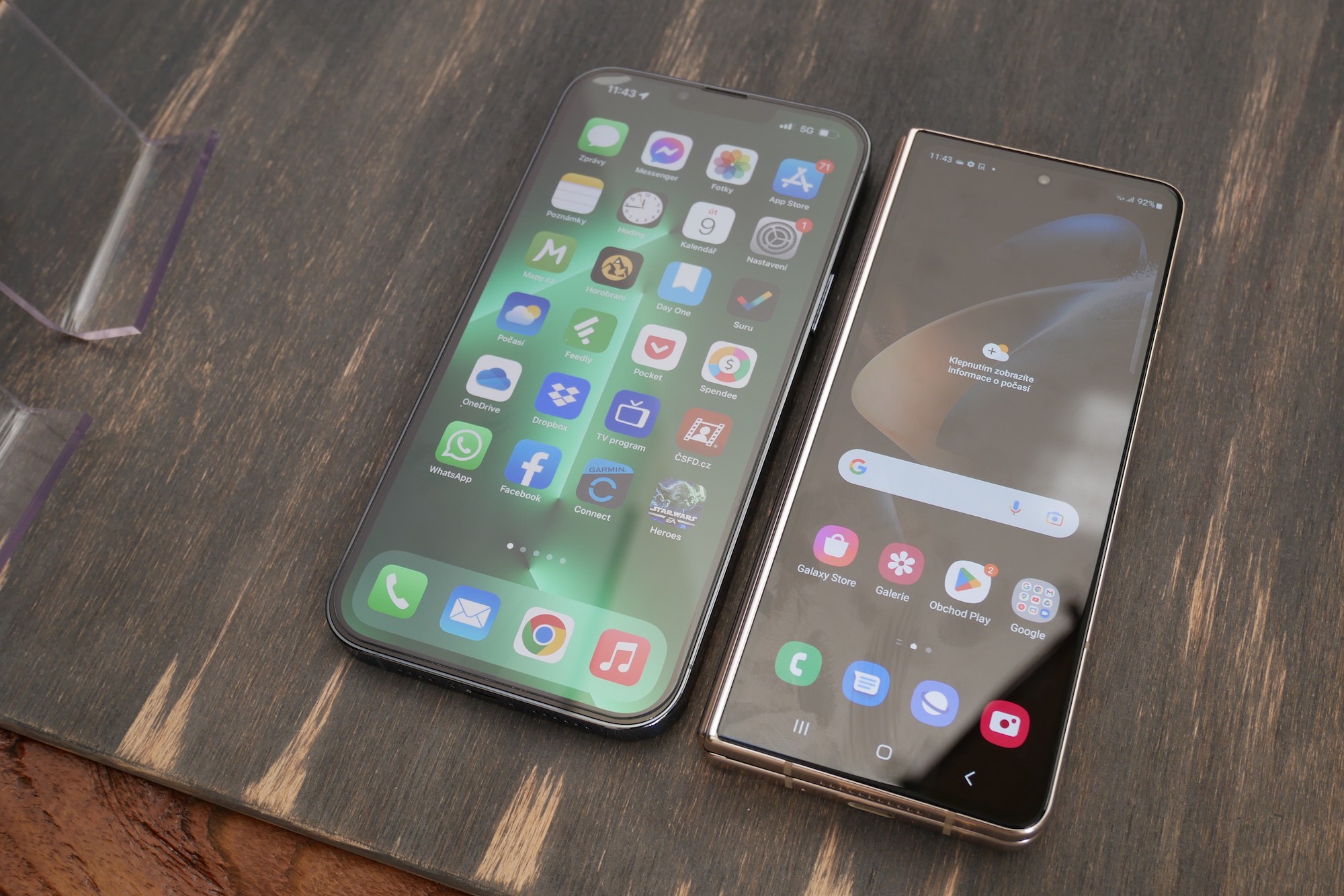
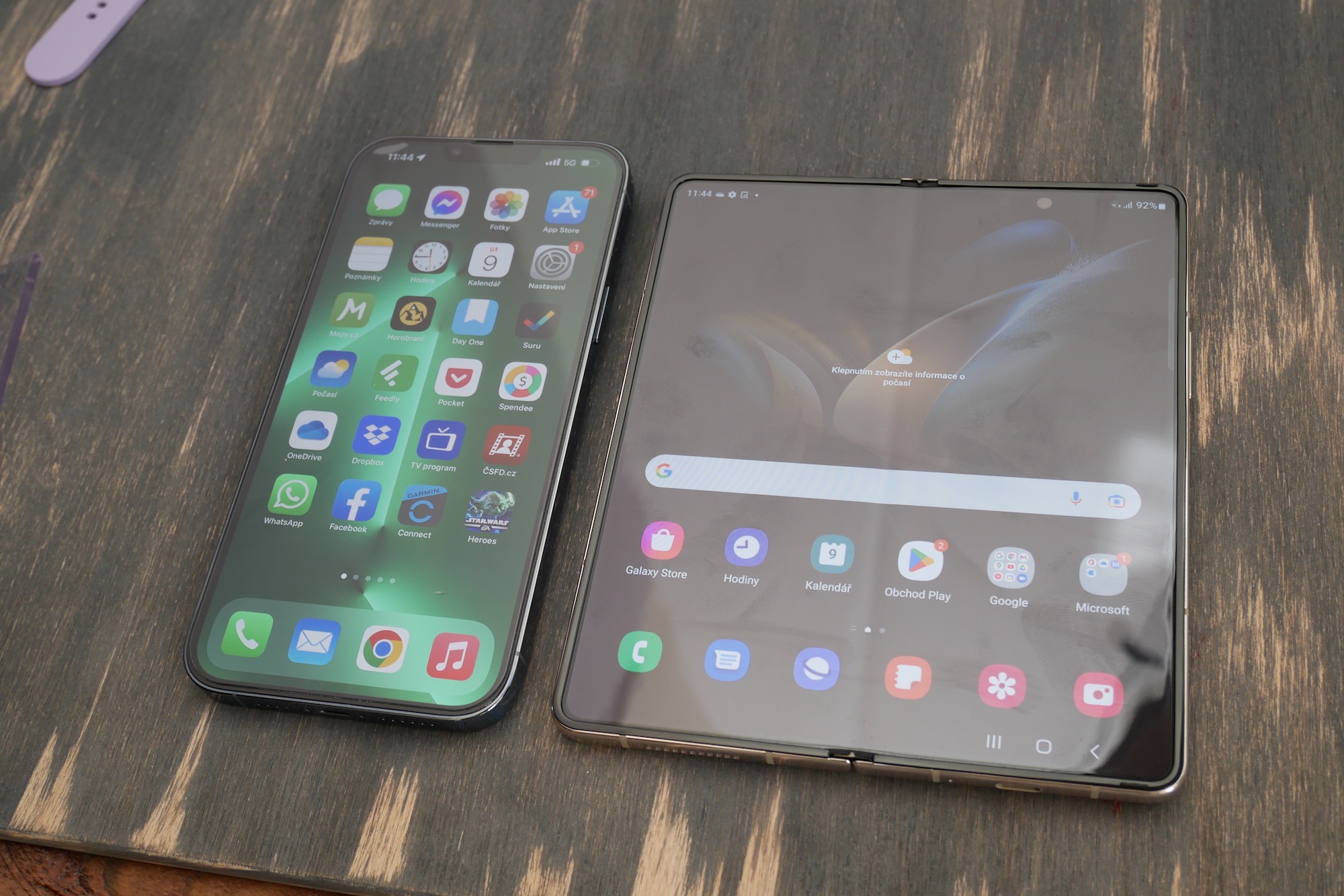
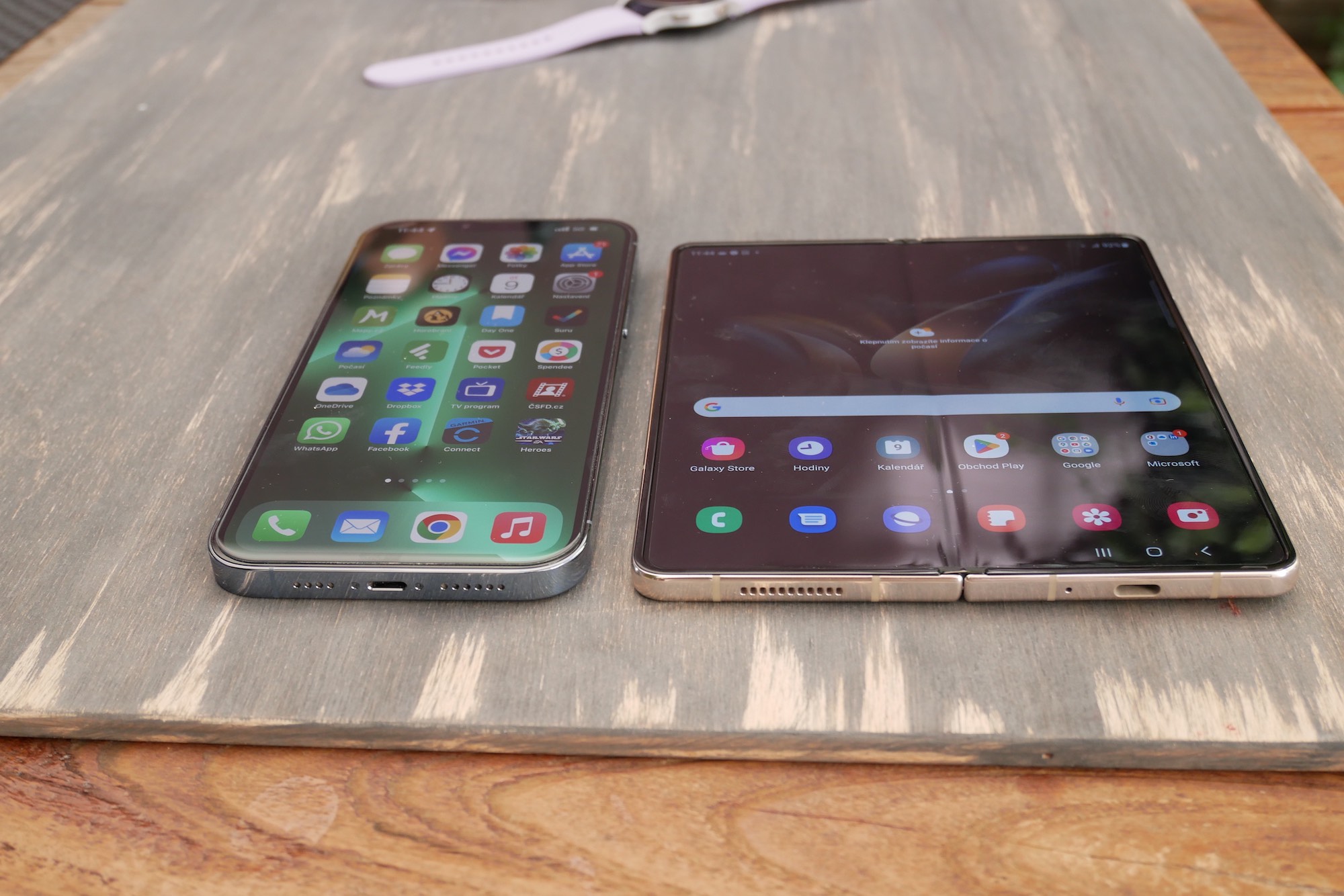
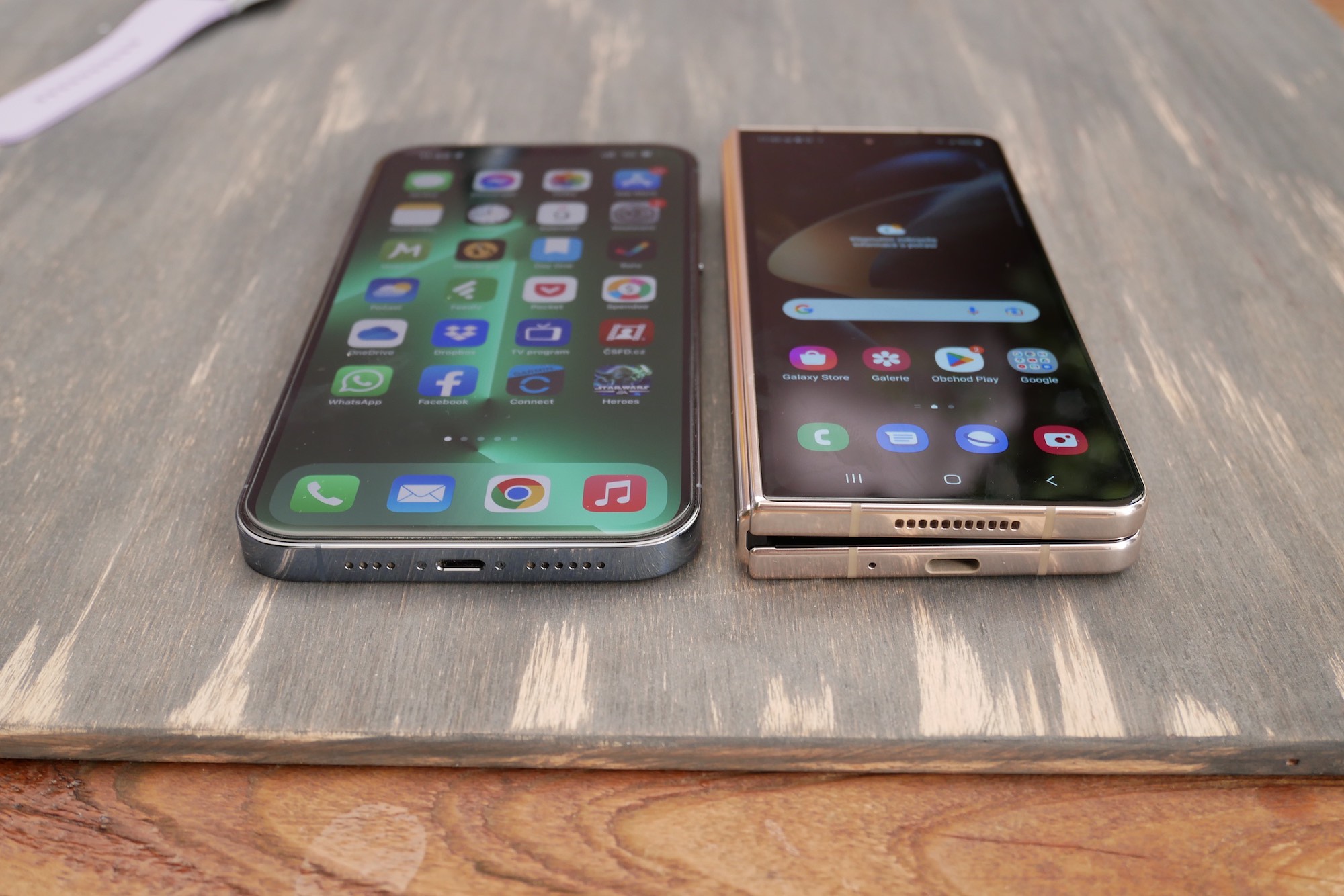
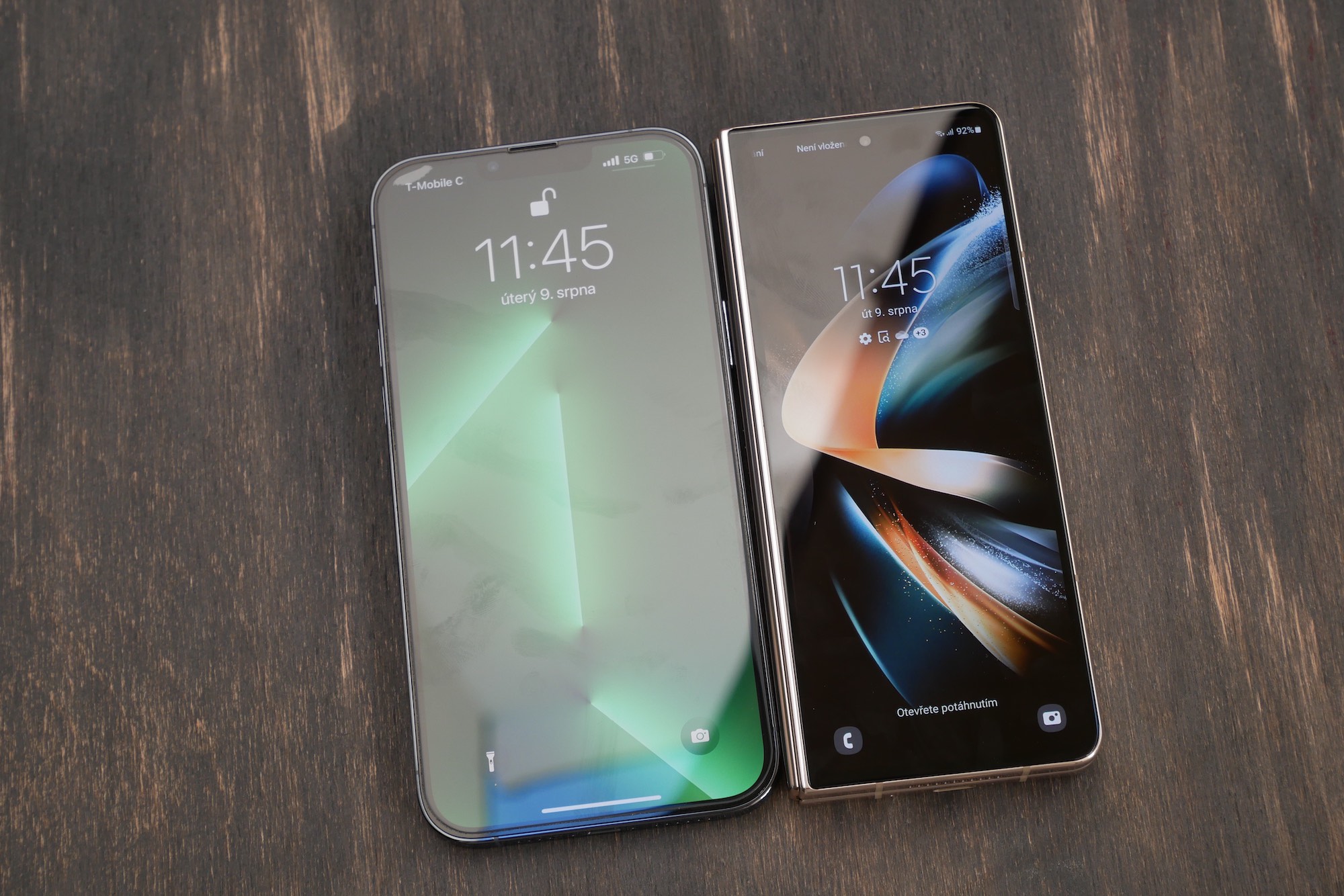

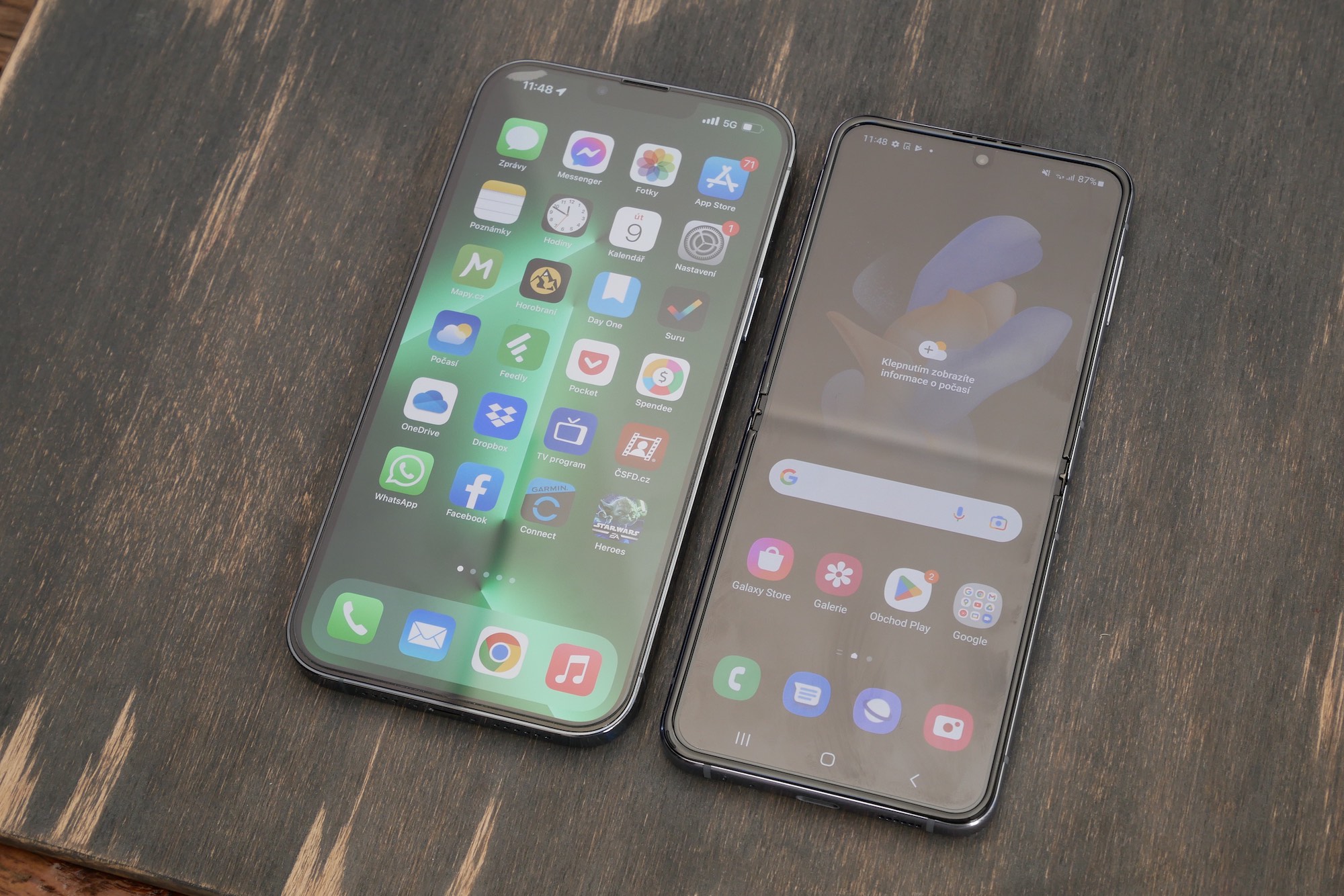
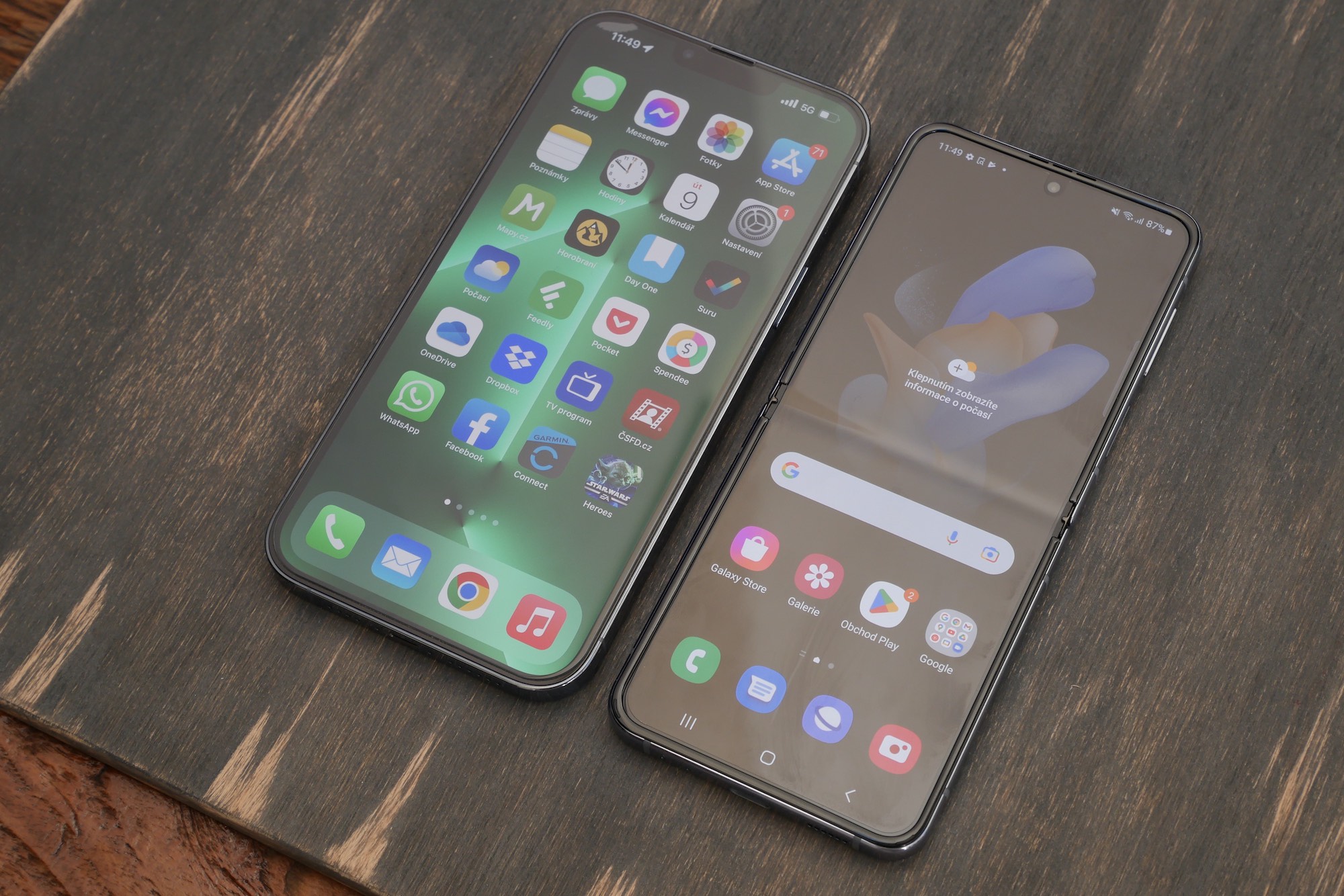

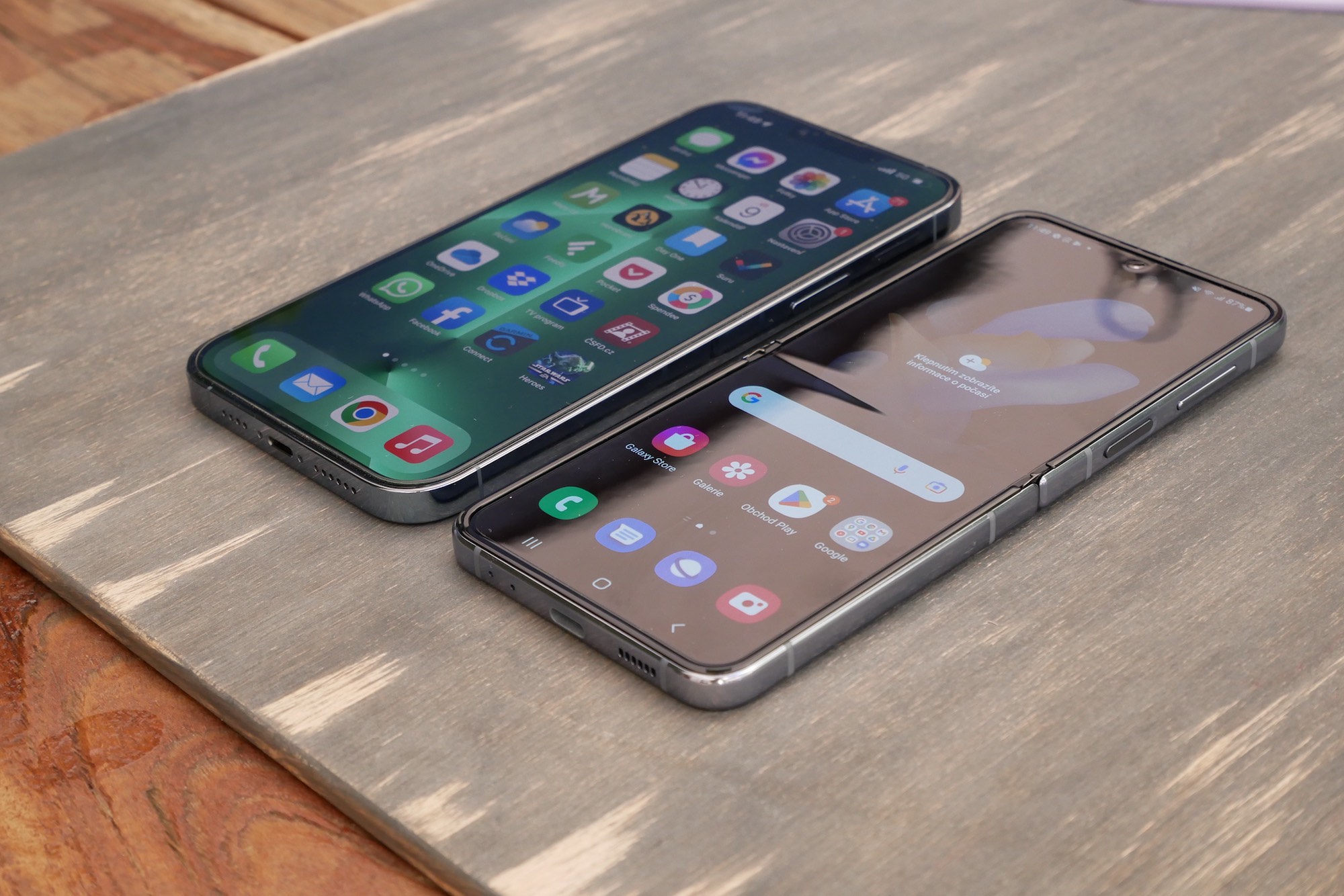
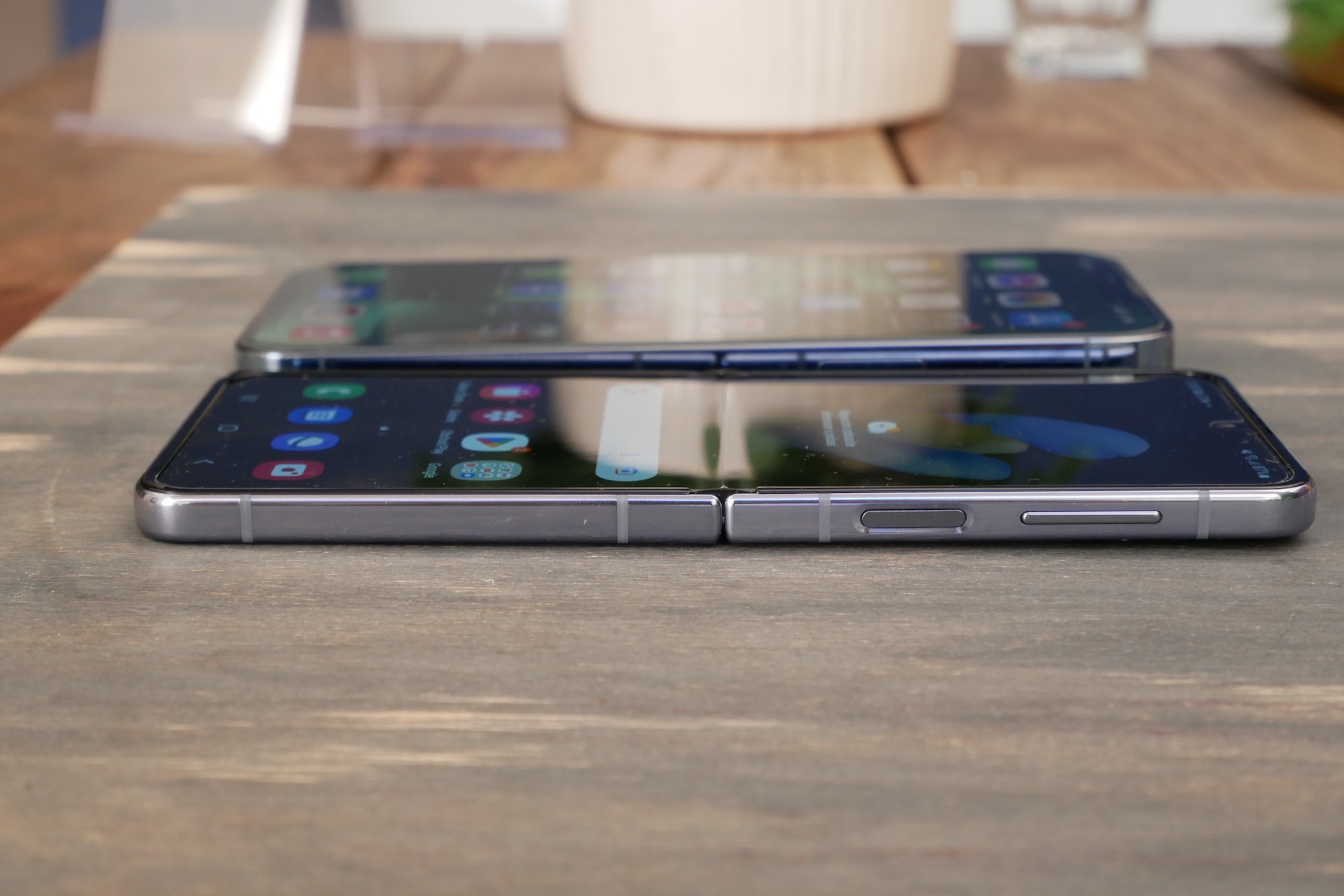
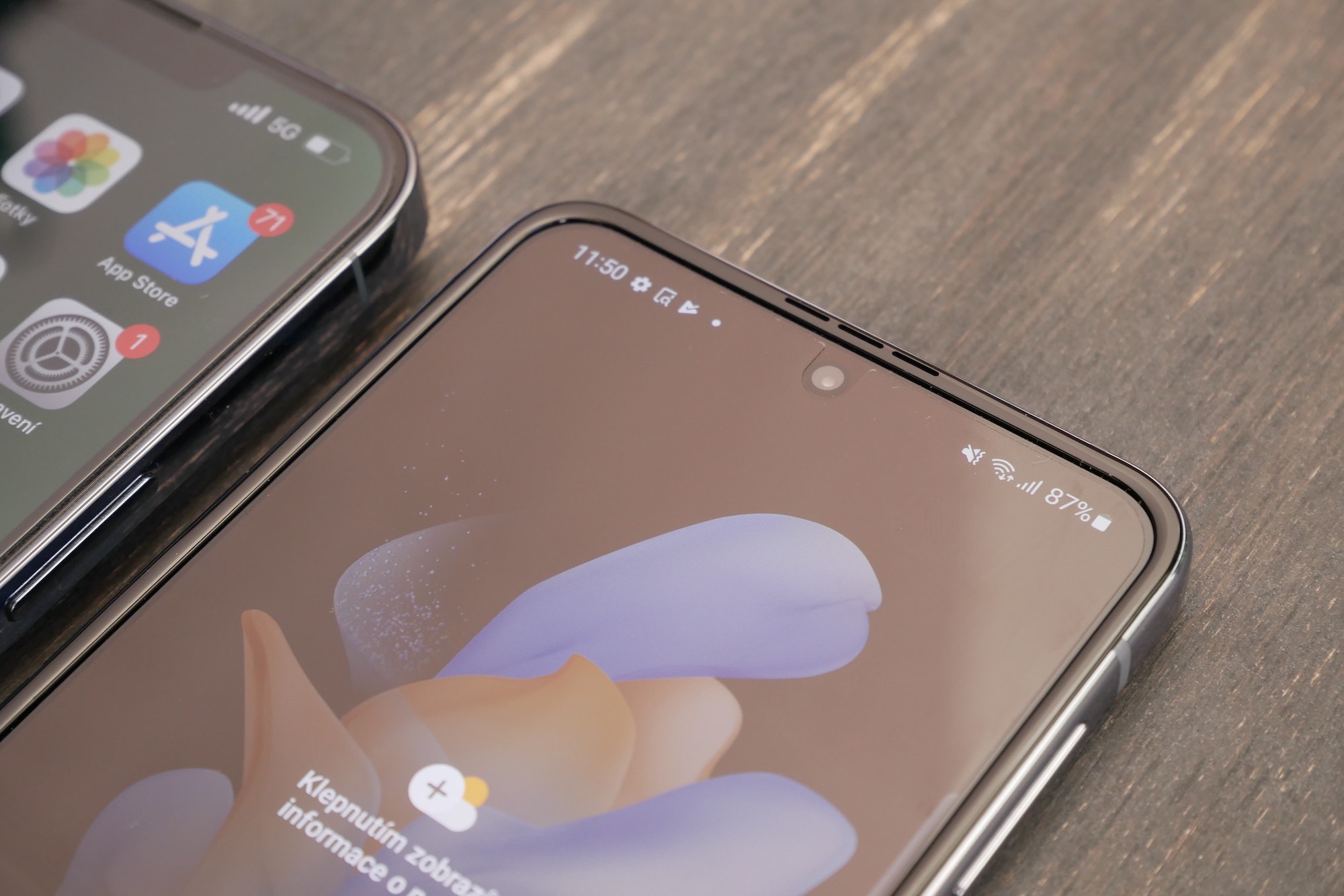

 Samsung Magazine
Samsung Magazine